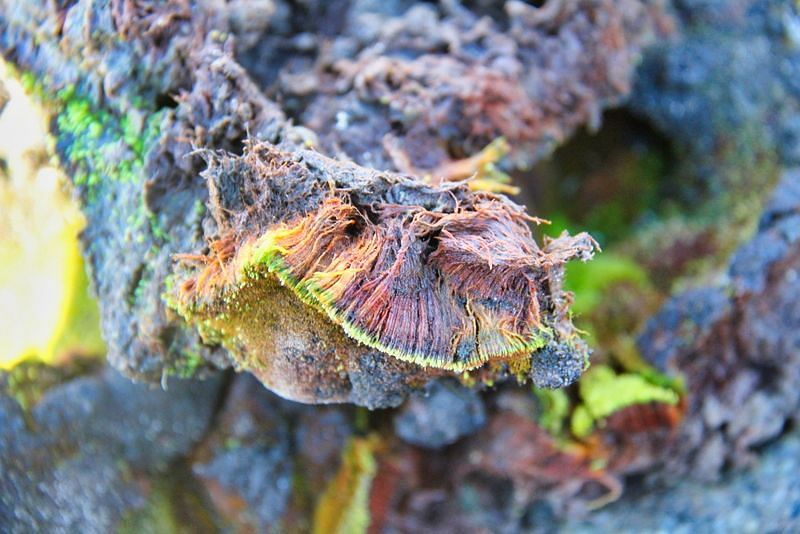New Delhi: A team of scientists from Punjab has discovered a new moss species in eastern Antarctica and named it Bryum bharatiensis as a tribute to goddess Saraswati, also known as Bharati. One of India’s Antarctic stations is also called Bharati.
The team has written a paper describing the discovery. It has been accepted this week for publication in the Journal of Asia-Pacific Biodiversity.
The Indian Antarctic Mission was begun in 1981.This is the first and the only plant species that the mission has discovered in 40 years. The first Antarctic station, Dakshin Gangotri, was set up in 1984. An unmanned station, it had to be decommissioned in 1990 as it got submerged in ice.
Maitri was commissioned in 1989 while the Bharati station was established in 2012.
Also read: Bacteria that caused Black Death, killed half of Europe in 14th C traced to 5,000-yr-old man
The team behind the discovery
Felix Bast, who was part of the Indian Antarctic Mission in 2016-17 as an expedition scientist, found green plants on rocks near the Bharati station on Larsemann Hills, East Antarctica. Bast heads the Department of Botany at the Central University of Punjab.
He collected the samples during an expedition in 2017 and brought them back to his university lab. Bast’s Ph.D student, Wahid Ul Rahman and Head of the Department of Botany at DAV college, Bathinda, Kriti Gupta, was part of the team that studied the moss in the lab to determine its taxonomy.
Studies confirmed that this was a new species of moss. The team also found moss in areas not found before — the Bryoerythrophyllum recurvirostrum which was found for the first time on Larsemann Hills and the moss Coscinodon lawianus at Schirmacher Oasis, near Maitri, India’s other Antarctic station.
Also read: ‘Youngest Leonardo da Vinci descendant’ born in 2020, study to decode his genius finds 13 others
India’s Antarctic stations: Their beginnings
“To be part of a six-month-long arduous Indian Antarctic mission itself is a huge privilege. At a personal level, this new discovery is the fruit of this scientific mission,” Bast said in a statement emailed to ThePrint.
How plants like moss can survive in the Antarctic remain a mystery. The icy continent has winters that last for six months, from March till September.
During the severe winter, Antarctica is pitch-dark and the temperature could be as low as -76 degrees Celsius, the team said. Moss patches get covered under tens of metres of snow.
The team hypothesised that moss can dry up to a dormant stage (a stage by which normal plant functions are paused) during winters. When the snow melts in the summer, the moss springs back to life soaking up the water.
While the discovery adds to the achievements of the scientific team, increasing greenery in Antarctica is a cause of concern as it indicates that the South Pole is getting warmer.
Bast said that the evidence of climate change — melting glaciers and changing biodiversity patterns — he saw in Antarctica was alarming.
“Antarctica is getting green; many temperate species of plants that previously could not survive in this frozen place are now seen everywhere because of warming up of the continent. It could be because of species introductions — when plant seeds are brought into an environment where they are not known to grow. This may happen accidentally by researchers or by migrating animals,” explained Bast.
Also read: Indian-origin American Sirisha Bandla to take off with boss, Richard Branson, into space
